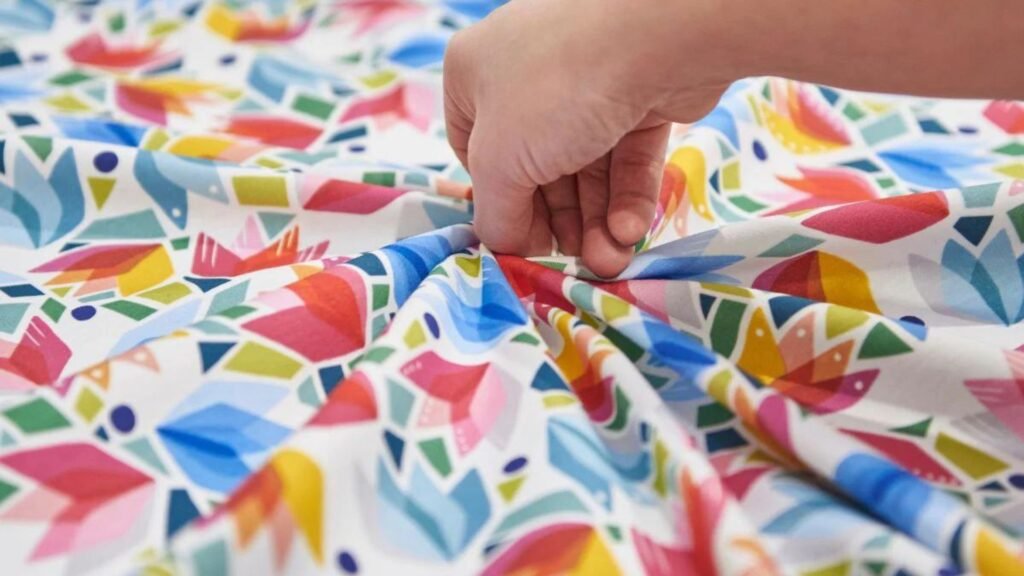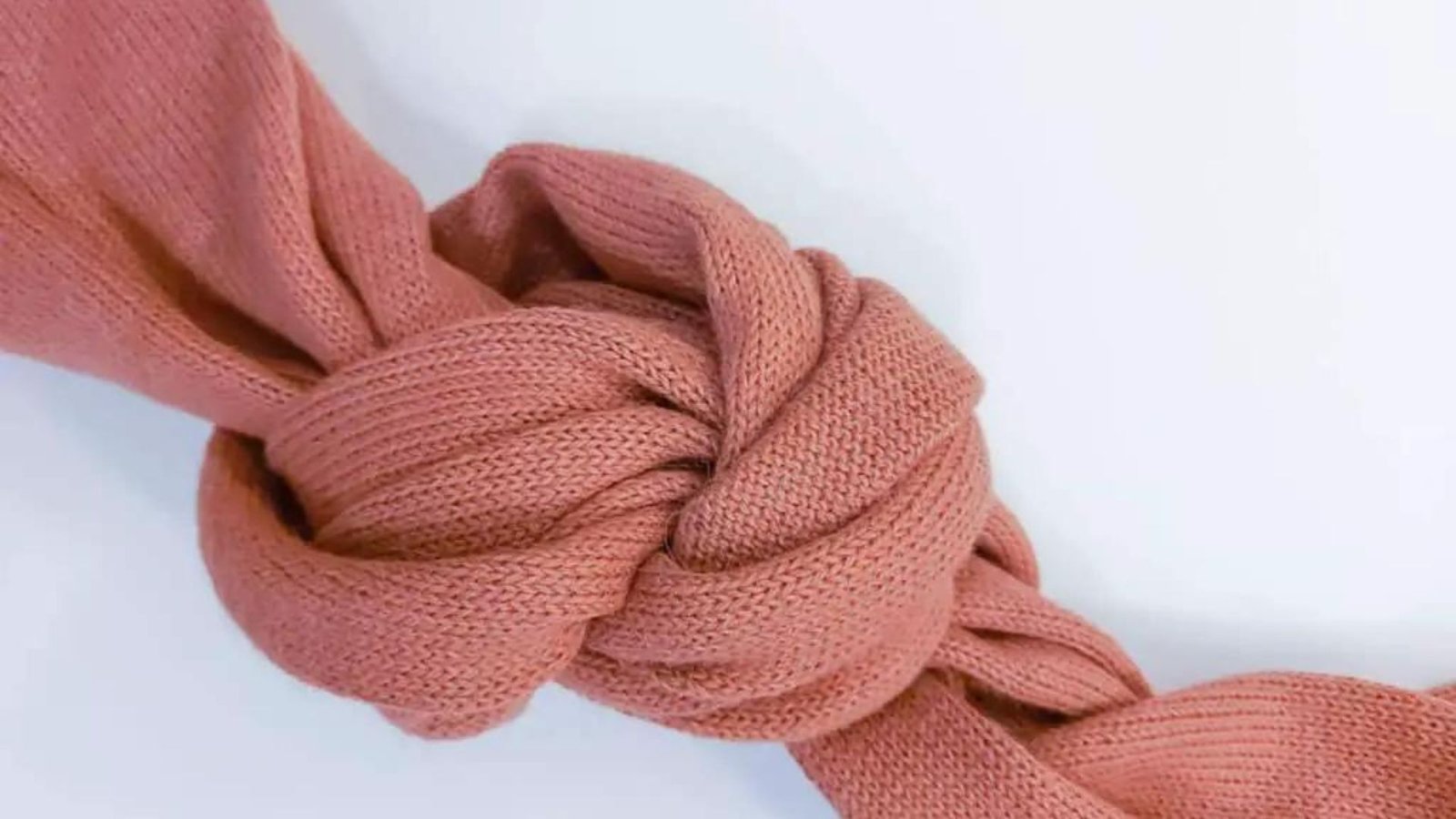Choosing the right clothing materials is essential for both comfort and durability. Whether you’re investing in wardrobe staples or looking for fabrics that can withstand daily wear and tear, understanding the properties of different materials can help you make informed decisions. Here’s a guide to the top clothing materials known for their comfort and durability.

Cotton
- Comfort: Cotton is a breathable fabric that feels soft against the skin, making it ideal for everyday wear. Its natural fibers allow air to circulate, keeping you cool in hot weather.
- Durability: High-quality cotton is durable and can withstand frequent washing. Look for long-staple cotton varieties like Egyptian or Pima cotton for added strength.
Wool
- Comfort: Wool is known for its warmth and softness. Merino wool, in particular, is soft against the skin and has moisture-wicking properties, making it suitable for various weather conditions.
- Durability: Wool fibers are naturally elastic and resilient, allowing the fabric to retain its shape and resist wrinkling. Wool also has natural antibacterial properties that help it stay fresh longer.
Linen
- Comfort: Linen is lightweight and highly breathable, making it perfect for warm climates. It has a relaxed, crisp feel and is excellent at wicking away moisture.
- Durability: Linen is strong and becomes softer with each wash. However, it can wrinkle easily, so consider this if you prefer a more polished look.
Polyester
- Comfort: Polyester is a synthetic fiber that is lightweight and resistant to wrinkles. While it may not be as breathable as natural fibers, modern polyester blends often include moisture-wicking properties for improved comfort.
- Durability: Polyester is highly durable, resistant to shrinking, stretching, and fading. It is a common choice for activewear and garments that require frequent washing.
Nylon
- Comfort: Nylon is smooth and flexible, offering a comfortable fit. It has good elasticity and can provide a snug, but not restrictive, feel.
- Durability: Nylon is known for its strength and resistance to abrasion. It is commonly used in activewear and outerwear due to its high durability and water-resistant qualities.
Rayon
- Comfort: Rayon is a semi-synthetic fiber known for its silky texture and drape. It is breathable and feels smooth against the skin, making it suitable for warmer climates.
- Durability: Rayon can be less durable compared to natural fibers. It tends to weaken when wet and may require careful handling and maintenance.
Cashmere
- Comfort: Cashmere is renowned for its exceptional softness and warmth. It provides a luxurious feel and is incredibly lightweight, making it a comfortable choice for cold weather.
- Durability: Cashmere requires careful care to maintain its quality. It is more delicate than other fibers and should be hand-washed or dry-cleaned to prevent pilling and damage.
Spandex
- Comfort: Spandex, often blended with other fibers, offers excellent elasticity and stretch. It conforms to body movements and provides a comfortable fit without restricting motion.
- Durability: Spandex is highly durable and retains its shape over time. It is commonly used in activewear and form-fitting garments due to its stretchability and resilience.
Conclusion
Selecting the right clothing material involves balancing comfort with durability. Natural fibers like cotton and wool offer breathability and softness, while synthetic fibers like polyester and nylon provide strength and resilience. Blending these materials can enhance both comfort and durability, ensuring your clothes look great and last longer. By understanding the properties of these fabrics, you can make informed choices that suit your lifestyle and preferences.




